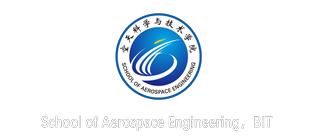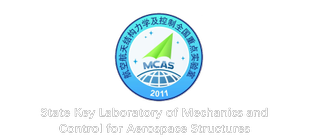王怀磊,苏振超
摘要:阐述了分析力学中'理想约束'与理论力学动能定理部分'理想约束'概念的区别,举例说明了由此同名可能导致的问题,并建议在动能定理部分使用'无功约束'或'零功约束'的概念,以保持力学概念的一致性和独立性;对微分形式的动能定理在广义坐标空间进行变换得到了以广义坐标微分为指标的和式形式,并通过与Lagrange方程的比较及实例论证了不能由此而得到系统动力学方程的原因.上述内容均从不同侧面反映了实位移与虚位移的本质区别,因此可作为对实位移与虚位移概念进行深刻理解的一种途径.
关键词:实位移;虚位移;无功约束;理想约束;动能定理;LAGRANGE方程
On the real displacement and the virtual displacement——an in-depth discussion starting from the concept of null-work constraint
Huailei Wang, Zhenchao Su
Abstract:This paper first discusses the intrinsic distinction of the term 'ideal constraint' used both in analytical mechanics and in the work-energy theorem in theoretic mechanics.The possible misunderstanding due to the use of the same term with different connotations is illustrated.In this setting,a new technical term 'null-work constraint' is suggested instead in the work-energy theorem for the sake of the uniqueness and consistency of terminology in mechanics.Then the differential form of the work-energy theorem is transformed into a sum form indexed by the generalized coordinates,and the reason why the general dynamic equations of the system cannot be obtained from this sum form as in the general equation of dynamics is analyzed and illustrated by a comparison with the Lagrange equation method.The arguments for the two problems both involve the concepts of real displacement and virtual displacement,accordingly,they may serve as a way to understand and distinguish the concepts of displacement and virtual displacement.
Keyword:real displacement; virtual displacement; null-work constraint; ideal constraint; kinetic energy theorem; Lagrange equation
原文链接:http://lxsj.cstam.org.cn/CN/abstract/abstract144580.shtml





